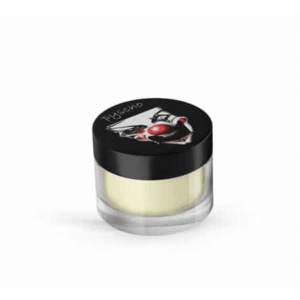Zinfandel: California’s Iconic Red Wine
Zinfandel, often celebrated as California’s signature grape, has captured the hearts of wine enthusiasts worldwide. Known for its bold fruit flavors and versatility, Zinfandel—also referred to in German as “Zinfandel Weine”—ranges from light, peppery reds to rich, jam-like late-harvest expressions. Below, we explore its history, stylistic variations, and the California regions that bring out its best.
A Brief History of Zinfandel
Originating in Croatia under the name Crljenak Kaštelanski, the grape made its way to Italy (where it was known as Primitivo) before landing in America in the early 19th century. It first gained popularity on the East Coast but truly found its home in California’s sunny vineyards, where it adapted beautifully to warm climates and a variety of soils.
The Spectrum of Zinfandel Styles
Classic Red Zinfandel
Profile: Juicy red-berry aromas (raspberry, cherry), subtle spice, soft tannins.
Food Pairing: Grilled pork chops, pizza with sausage, or simply a cheese plate.
Rosé (“White Zinfandel”)
Profile: Strawberry and melon notes, slightly sweet, light body.
Origins: Born in the 1970s when a stuck fermentation left residual sugar, unintentionally defining a new style.
Late-Harvest Zinfandel
Profile: Intensely sweet, rich with blackberry jam and chocolate‐toffee undertones.
Occasion: Ideal as a dessert wine or paired with blue cheese and fruit‐based pastries.
“Zinfandel Weine” in the German Market
German wine importers and enthusiasts refer to these wines as “Zinfandel Weine,” often highlighting California appellations like Napa Valley, Sonoma County, and Dry Creek Valley. While Europe has its own Primitivo labels, many collectors seek out American Zinfandels for their ripe fruit and spiced finish.
Spotlight on California AVAs
Napa Valley
Rich soils and controlled yields produce Zinfandels with depth and aging potential. Look for hints of black pepper and tobacco alongside blackberry fruit.
Sonoma County
From the cooler Russian River Valley to the warmer Dry Creek Valley, Sonoma offers both elegant and robust expressions.
Lodi
Known for Old Vine Zinfandel, with vines over 50 years old, Lodi delivers concentrated fruit flavors and velvety textures.
Tips for Enjoying California Zinfandel
Serving Temperature: 16–18 °C (61–64 °F) for reds; chilled to 10–12 °C (50–54 °F) for White Zinfandel.
Cellaring: Young, fruit-forward Zinfandels are best enjoyed within 3–5 years, while reserve bottlings can age gracefully for a decade or more.
Glassware: Use a medium-to-large Bordeaux glass to capture Zinfandel’s aromatic breadth.
From its Croatian roots to California’s sun-soaked vineyards, Zinfandel has grown into a versatile wine that offers everything from easy-drinking rosés to powerful, age-worthy reds. Whether you’re exploring “Zinfandel Weine” in Germany or savoring a Dry Creek Valley bottling at home, this grape continues to deliver bold flavors and unforgettable experiences.
Enjoy your next glass of California Zinfandel—cheers!


Post Comment